“Don’t just make it accessible, make it relevant, and make it representational”: Chris Williams and Sheena Holliday of Drunken Chorus discuss the return of their empowering theatre festival A Bit of a Do
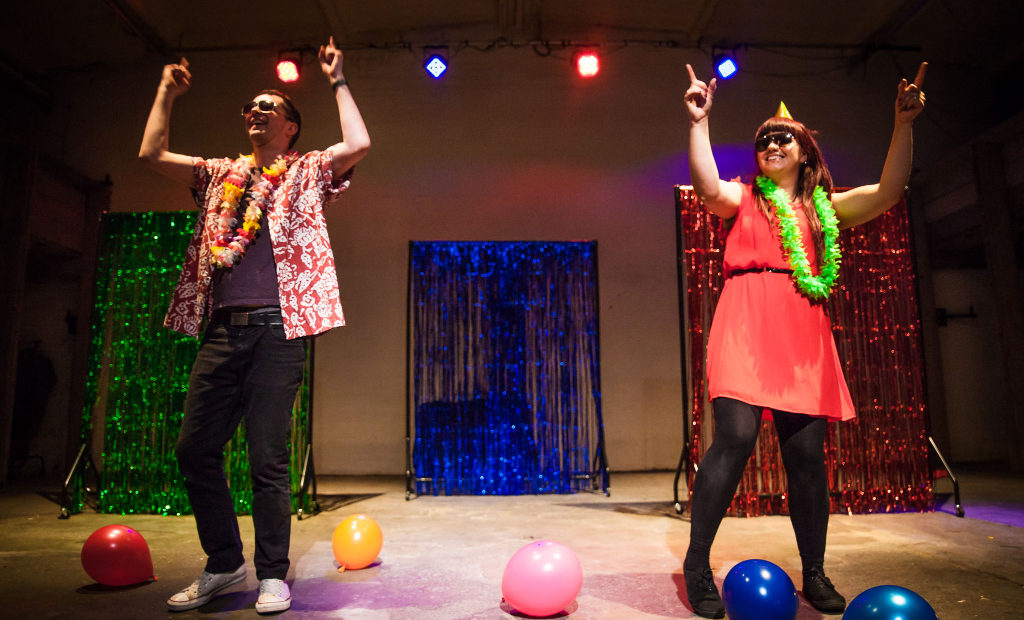
The pioneering free mini-festival, A Bit of a Do, from Drunken Chorus returns this summer, championing the work of artists with and without disabilities. Working with some amazing partners including BSL consultants, visually impaired performers, local apprentices with learning disabilities, disability charities, artists and audiences, their aim is to empower artists to create and access theatre and dance.
We caught up with co-artistic directors Chris Williams and Sheena Holliday to discuss the festival’s journey and their visions for its future.
A Bit of a Do is now in its third year – how did the work that you do with Drunken Chorus develop into the realisation of this festival?
Drunken Chorus has been around for over a decade now. We have a few different strands to our work: we make theatre performances, touring the UK and sometimes internationally; we support young and emerging artists, through projects such as Drunken Nights (performance events in pubs!); and we also work with artists with disabilities, promoting them and supporting them, as well as making the arts more accessible.
This third strand of work developed out of our relationship with Club Soda in Croydon. We worked with them for several years, delivering their participatory theatre programme for adults with learning disabilities. A couple of years ago Club Soda decided to change direction a bit and become more of a music and events organisation, so they asked us to take over the theatre group. We agreed and the group became part of Drunken Chorus. They also became more of a theatre company, and the members came up with the company name Disco Disco.
We wanted to find opportunities for Disco Disco to perform in front of a public audience. So we created A Bit of a Do in 2017 – an accessible festival of theatre, dance and cabaret, celebrating the work of artists and companies both with and without disabilities.
How did you and your team ensure that accessibility was centred in the decision-making process leading up to the festival? Were there any particular resources or examples you drew from?
For us, accessibility isn’t as simple as just putting an interpreter on the side of the stage for one performance in a three-week run, or offering headphone audio description on a matinee show. When it’s done like that it feels like an afterthought – just another box to tick. We want to really embed accessibility into the whole festival – but it’s a massive challenge, that we’re steadily working towards. Each year we add new elements that further open up accessibility and remove more barriers. The key to managing all these elements is working with experts, and members of local, d/Deaf, visually impaired and disabled communities.
This year we’ve worked with Extant, to make the festival more accessible for visually impaired audiences for the first time. Our original intention was to provide audio description across the whole programme, but after initial discussions with the Extant team, they advised us that it would be more effective to focus on a few elements of the festival, using their Enhance model, rather than the costly (and a bit outdated) process of audio description. We’ve also worked with Extant to offer an accessible workshop with visually impaired artist Amelia Cavallo, and performances by visually impaired artists Chris Campion and Ebony Rose Dark.
We’ve worked with interpreters and d/Deaf artists and audiences for several years, so this is a more established part of the festival’s accessibility. We’ve worked with Becky Barry to put together an amazing team of five interpreters, who will work across the whole festival, interpreting performances and supporting d/Deaf artists and audiences at the venue. The d/Deaf artists we work with, including Caroline Parker and Billy Read this year, help shape our programme through their feedback and advice, and act as a valuable link to the d/Deaf community, who we hope the festival will reach.
We work with lots of other other organisations, who advise and support on the festival. Willow Learning for Life and Croydon Mencap run our front of house training / volunteer programme, and advise on venue accessibility, Croydon Council help us with outreach to local disability community groups, Club Soda and Gig Buddies advise on accessibility for adults with learning disabilities and help to promote the event to the ALD community.
It’s also a very collaborative relationship with Disco Disco too – the artist members drive the creative ideas for the pieces they make and have very clear thoughts on where and how their work should be formed. They also form part of the evaluation process for the festival, particularly around ALD access and representation.
So, in short, our biggest resource in the planning of accessibility are the experts, partner organisations and communities who work on the festival with us.
Did you and your team encounter any challenges in the organisation of A Bit of a Do?
In our first year, we used a venue that wasn’t an arts or theatre space. But we liked the space – it was a good location, accessible (albeit with a temporary ramp), and had sound and lighting. However, when it came to the tech get-in, we found out that whilst the lights did work, they would only flash on and off constantly – there was no other setting and our only option was to turn the room’s main lights on. So our intimate opening night of cabaret performances with ambient lighting, was turning into a fluorescent flood-lit nightmare. Thankfully though, our artists were amazing (headlined by the brilliant Jess Thom / Touretteshero), and the audience loved it!
This year we’re at Stanley Halls in South Norwood – and the lights have some settings other than flashing!!
I can see from the schedule that the festival includes, in addition to a variety of performances, spaces for networking and conversation. This strikes me as unique – acknowledging the overlap between the categories of audience and artist. Was this a deliberate emphasis?
Definitely. A Bit oaf a Do is about accessibility – not just for audiences, but for artists. In a lot of theatres, venues and festivals, accessibility is about providing interpretation for d/Deaf audiences, audio description for visually impaired audiences, or step-free access for wheelchair users – and there’s often little representation of d/Deaf, disabled or visually impaired artists in the work. This festival puts equal emphasis on those two things: opening up disabled access to arts and culture, and opening up the arts industry to disabled artists. Alongside this, it’s always been important that the festival features a programme of disabled and non-disabled work on an equal platform – not a separate disability programme, or having disabled artists as “support acts” for non-disabled artists. So all of the wraparound activity at the festival is intended to open up conversations around these things – between artists and audiences, between people with and without disabilities. Some of these conversations will also help us to develop A Bit of a Do in the future, and we also hope it will encourage conversation, ideas and action beyond the festival.
In arranging the schedule, were there any particular styles or media that you were keen to showcase? How did you make these selections?
Theatre, dance and cabaret are the main areas of programming. But we’re very open in our programming, and look for opportunities to show exciting new work in whatever style. The most important thing is that the work is exciting, high quality and perhaps challenging in some way. We don’t ever like to play things safe! We usually try to select a few key pieces initially – things that we know will be really special. Then we look at what we have and how it might shape into a programme. Last year, that was three compilation evenings: one cabaret, one theatre and one dance. This year it’s a much more mixed programme – although it still falls roughly into cabaret on day one, then theatre, then dance on the final day.
What does community engagement look like for you? How would you like this to look in the future work of Drunken Chorus?
This is an area that we want to expand on for the festival in future years. At the moment, we engage with lots of local groups, in fairly simple ways: local community performance groups showing work at the event (eg.. SLiDE Dance); local organisations bringing community groups (eg Gig Buddies, Club Soda); Croydon Mencap and Willow Learning for Life visiting other ALD community groups in the area to promote the event and running front of house at the festival.
In the future we’d like the local community to be more involved in the planning and delivery of the event, with a community board for decision making, local groups working towards creating performances for the festival etc. We are also looking at creating satellite events throughout the year, which would be slightly more community focused, rather than the more professionally focused programme at the main festival.
What advice would you give to artists and creatives looking to share their work and to connect with opportunities? Has the development of A Bit of a Do given you insights into this process?
One thing that particularly surprises me is that we always have to go looking for the work to programme for the festival. Artists and companies don’t approach us! This may begin to change as we develop a higher profile, but it’s definitely something we’d encourage – contact festivals and venues, you never know when they’re looking for something that’s exactly what you’re offering!
Similarly, what would you suggest as the first steps for establishing meaningful accessibility for those making decisions in the operation of theatre spaces?
Talk to specific communities about what they want (eg the d/Deaf community, visually impaired audiences, people with learning disabilities). Big theatres in particular just make assumptions about what audiences want.
The biggest feedback we’ve ever had from d/Deaf audiences, for example, is that they want to see d/Deaf artists in the work, or some issues explored that are relevant to the d/Deaf community. So a key bit of advice is don’t just make it accessible, make it relevant, and make it representational.
Accessibility can be expensive if you want to do it really well. So be prepared to spend some cash. And build things up slowly – had we tried to put as much accessibility as this year’s festival into our first year, we would probably have failed!
How do you envisage the artistic platform that you’re building developing in the coming years?
Of course, we want the festival to become bigger and better. But this is always tempered by the fact that our key focus is on accessibility. So the programme can only grow by as much as we have capacity to make accessible. That said, we already have lots of ideas for how it will develop next year – so watch this space!!
Which upcoming Drunken Chorus projects are you looking forward to? What can theatregoers expect from the company in the future?
Our heads are pretty much buried in the festival at the moment, but as soon as it’s over we’ll be looking towards the future. Not only to next year’s festival, but to other public events too. We’ve not been making work ourselves so much in the last couple of years, as we’ve been focusing on developing the festival – but we’re excited to get into a rehearsal studio again soon and see what we come up with.
Sylvia Unerman
Photo: Mathew Parri Thomas
A Bit of a Do is at Stanley Halls, South Norwood from 5th until 7th July 2019. For further information or to book visit the event’s website here.

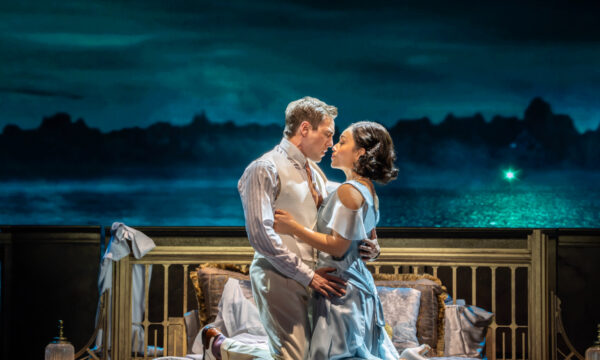
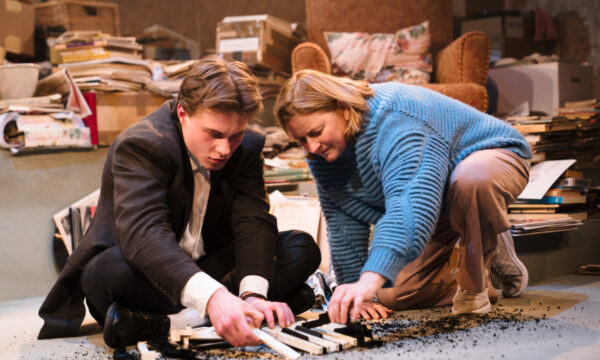
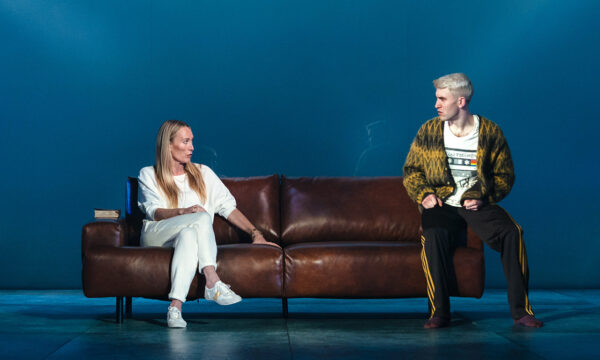
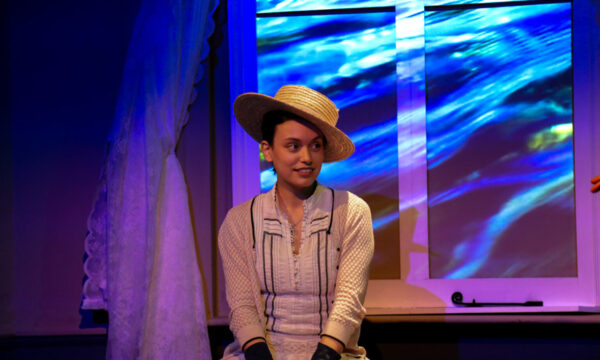
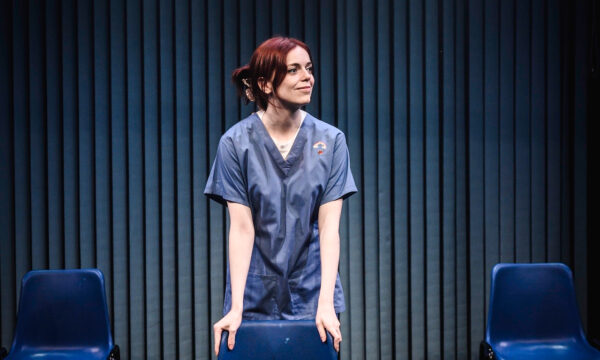
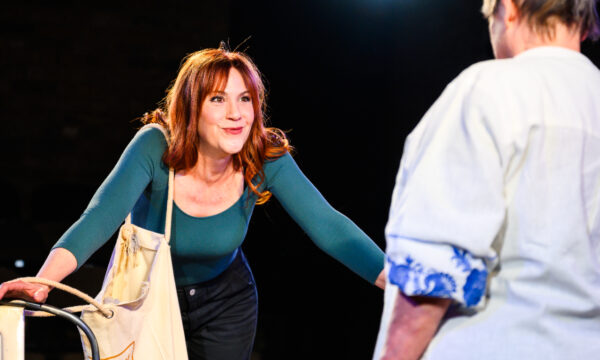
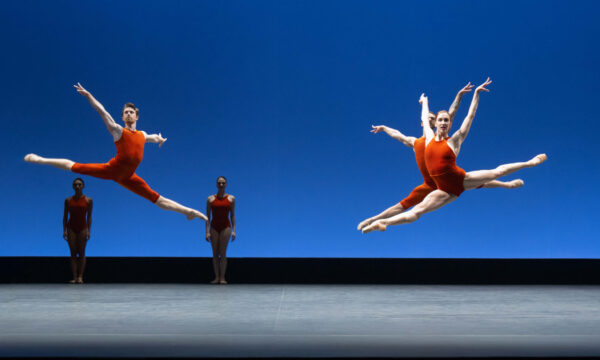
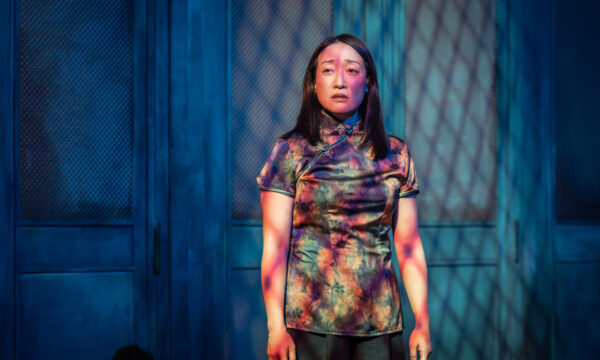
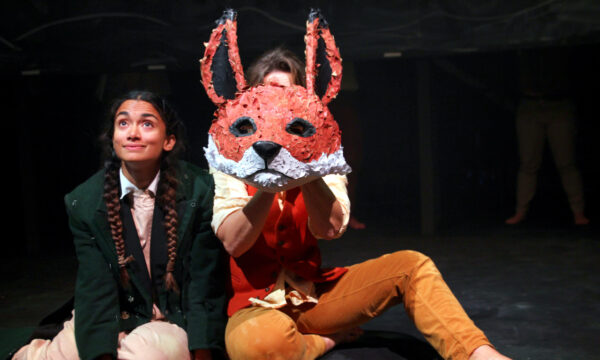













Facebook
Twitter
Instagram
YouTube
RSS